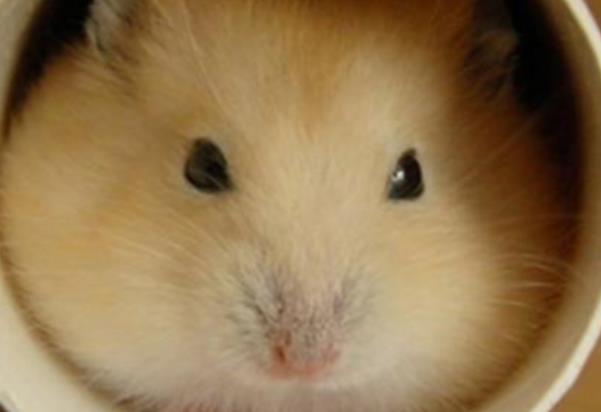Hamsters have been kept as pets by more and more people. Their unique cheek pouches make them look even cuter. Pudding hamsters are also very popular among people because of their distinctive fur colors and have become a breed with a very high breeding rate. So, what issues should be paid attention to when raising pudding hamsters?

Key Points for Raising Pudding Hamsters
1. Pudding hamsters have a very keen sense of smell. So if you've touched the food they love, they are very likely to smell it and may bite you because they mistake you for food. It's recommended that you wash your hands before and after touching the pudding hamsters.
2. If your pudding hamster was previously housed together with others in a pet store, although baby hamsters don't have a strong territorial awareness yet, they often fight with other pudding hamsters in the same cage. As a result, they tend to be a bit grumpy and are wary and hostile towards other creatures. It's recommended that you interact with the pudding hamster according to a set schedule to dispel its hostility.
3. If you're not yet familiar with your pudding hamster but often handle it and grab it with your hands, it will feel insecure. Again, it's recommended that you take it step by step over time to eliminate the pudding hamster's hostility towards you.
4. Pudding hamsters don't have very good eyesight and may mistake your fingers for food. When you hold a pudding hamster in your hand, if your fingers aren't closed together, the pudding hamster is very likely to bite your fingers as if they were food. However, usually it won't bite too hard, just like giving you a little "nip". So when you hold a pudding hamster in your hand, it's best to close your fingers together, but don't squeeze them too tightly, or it may get the hamster's feet stuck. It's also best not to tease the pudding hamster with your fingers to reduce the risk of being bitten.
Key Points for Raising Pudding Hamsters
5. Pudding hamsters have a strong territorial awareness. If you've touched other pudding hamsters and your hands have the scent of those other hamsters on them, then your little pudding hamster will definitely drive away the "strange" pudding hamster (actually your hand) without hesitation. So, it's quite common to get bitten by mistake after touching other pudding hamsters. It's recommended that you wash your hands after touching other pudding hamsters before touching your own little pudding hamster.
Many netizens have been bitten by pudding hamsters, and everyone will wonder whether they need to get a rabies vaccine. Getting bitten by a pudding hamster may also lead to rabies infection (the possibility might not be high, but since the fatality rate of rabies is 100%), it's recommended to handle the wound as soon as possible and get a rabies vaccine injection. If necessary, human rabies immunoglobulin should also be injected.
Wound Treatment for the Skin: Immediately or as soon as possible, wash all bite and scratch wounds with soapy water/detergent and a large amount of clean water (for about 15 minutes if conditions permit). If available, apply iodine-containing preparations or similar topical antiviral preparations to the wounds. For those with deep and seriously contaminated wounds, anti-tetanus treatment and the use of antibiotics should be carried out as appropriate to control other infections besides the rabies virus.
By following the above key points for raising, you can provide a healthy, happy, and safe living environment for pudding hamsters, allowing them to thrive under your care.
